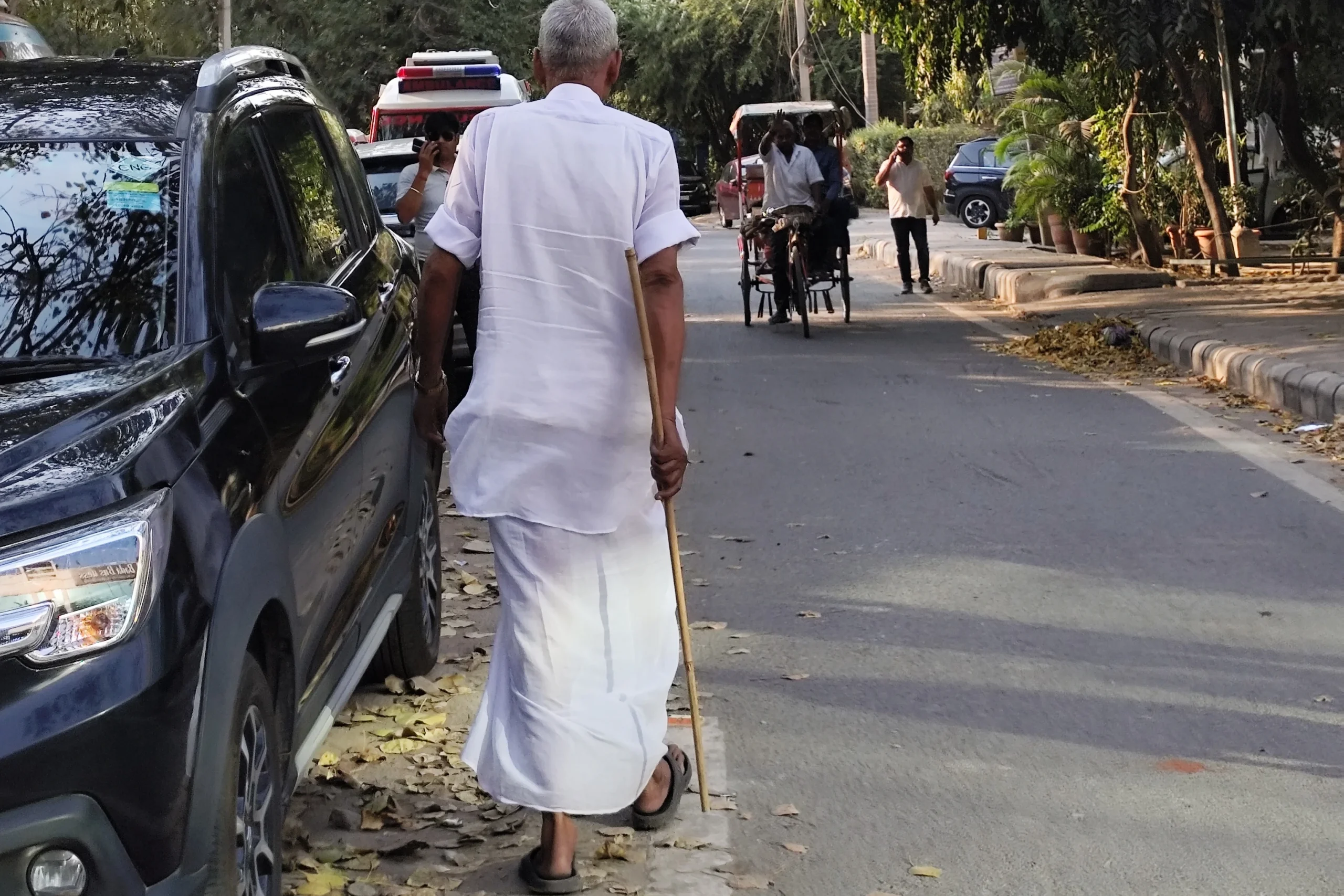
Climate Change and the Care Economy: Unpacking the Gendered Burden of Environmental Crises
Author: Sushmita Mukherjee, Director – Gender and Adolescent Girls, PCI India
Introduction
In global discourses, climate change and the care economy are often discussed as separate issues. However, their intersection remains largely underexplored. The unpaid and underpaid care work performed by women—an invisible yet indispensable foundation of economies—faces severe disruptions due to climate crises. Climate disasters exacerbate gender inequalities by increasing the burden of care work while simultaneously restricting women’s access to economic opportunities. Recognizing, reducing, and redistributing this burden is imperative for ensuring sustainable and equitable development.
The Care Economy: An Indispensable yet Undervalued Pillar
The care economy encompasses both paid and unpaid labour associated with caregiving and domestic responsibilities, crucial for sustaining societies. From childcare and eldercare to household chores and community support, women disproportionately shoulder this burden. Yet, this critical contribution remains largely unrecognized in economic indicators like Gross Domestic Product (GDP). Globally, women’s unpaid care work is estimated to contribute billions of dollars to economies, but its invisibility in policy frameworks results in missed opportunities for intervention.
The 5R framework—Recognize, Reduce, Redistribute, Reward, and Represent—offers a comprehensive lens to address the challenges of the care economy:
- Recognize: Acknowledge the economic value of unpaid care work.
- Reduce: Implement labour-saving infrastructure and policies to alleviate the burden.
- Redistribute: Promote gender-equitable sharing of care responsibilities within households and between state and private sectors.
- Reward: Ensure fair wages and social protections for care workers.
- Represent: Strengthen the collective voice of care workers in policy and governance.
Despite advocacy efforts, progress has been slow. Structural inequalities persist, with care responsibilities limiting women’s workforce participation and economic mobility, particularly in low-income and climate-vulnerable regions.
Climate Change and the Gendered Care Burden
Environmental changes disrupt the very fabric of caregiving systems. Climate-induced disasters such as droughts, floods, heatwaves, and erratic monsoons intensify the demands on women’s time and labour. The interplay between climate and care manifests in two primary ways:
- Increased Care Responsibilities Due to Climate Stressors
- Water scarcity and fuel shortages: Women and girls in marginalized communities often bear the responsibility of sourcing water and fuel for household use. Climate-related droughts and deforestation increase the time and effort required for these tasks, leading to time poverty, where women’s ability to engage in education or paid work is severely constrained.
- Health crises: Extreme weather events heighten risks of malnutrition, vector-borne diseases, and respiratory illnesses, increasing the demand for unpaid healthcare within households. Poor air quality, especially in urban slums, intensifies caregiving responsibilities as children and elderly family members require medical attention.
- Displacement and migration: Climate-induced displacement disproportionately affects women, as they are left to manage homes and communities in the absence of male family members who migrate for work. This places additional stress on their caregiving roles.
- Loss of Livelihoods for Women in Climate-Exposed Sectors
- Women’s participation in informal and outdoor work, such as agriculture, street vending, construction, and waste picking, makes them highly vulnerable to climate shocks.
- Extreme heat reduces working hours and earnings, forcing women to cut down on paid work in favour of unpaid domestic labour.
- Climate change threatens traditional livelihoods, such as fishing and forest-based industries, where women play critical but underrecognized roles. The degradation of natural resources forces them out of employment, worsening financial precarity.
Bridging Policy Gaps: The Way Forward
Despite growing awareness, policy frameworks addressing climate and care remain largely fragmented. India’s National Action Plan on Climate Change (NAPCC) minimally acknowledges gendered vulnerabilities, focusing predominantly on mitigation rather than adaptation strategies that integrate women’s concerns. Existing policies addressing the care roles of women—such as the maternity entitlements, workplace infrastructure, childcare and eldercare facilities and so on—also operate in silos, hardly recognise the importance of including climate resilience measures.
To build an inclusive and sustainable future, policy alignment is crucial:
- Recognizing the care economy in climate policies: National and global climate action plans must integrate the 5R framework, acknowledging the increased burden of care due to climate crises.
- Investing in climate-resilient care infrastructure: Expanding access to safe water, clean energy, clean fuel, affordable housing and public health services for women and children can alleviate caregiving pressures on women as a basic first step.
- Creating gender-responsive social protection systems: Cash transfers, subsidized childcare, and work-hour flexibility can help women navigate the dual challenge of care work and climate stressors.
- Enhancing women’s access to climate adaptation resources: Skill development, financial support, and livelihood diversification strategies should target women disproportionately affected by environmental changes.
- Shifting social norms around unpaid work: Engaging men and communities in redistributing care responsibilities is essential for achieving gender equity in the context of climate adaptation.
Conclusion
The intersection of climate change and the care economy is an urgent yet under-addressed crisis. Women’s unpaid and underpaid labour sustains societies, yet climate disasters exacerbate their workload while restricting economic opportunities. Policy frameworks must shift from treating care and climate as separate silos to recognizing their interdependence. A gender-responsive climate strategy—grounded in care justice—can pave the way for inclusive, equitable, and sustainable development.
The future of climate resilience depends not only on environmental conservation but also on dismantling gendered inequalities in care work. Addressing this intersection is not just an economic necessity—it is a moral imperative.
Note: This blog is based on a webinar on the same topic. Dr. Sona Mitra, the subject matter expert, was the speaker. The webinar was hosted by SNALC on December 17, 2024. Access the full webinar here.
Centre for Social and Behaviour Change (CSBC), Ashoka University
The Centre for Social and Behaviour Change is a leading Indian institution that drives behavioural change measures for people and communities in need.
Project Concern International (PCI), India
Project Concern International, India has been working since 1998 to co-create and scale sustainable solutions to complex development problems rooted in community realities .










